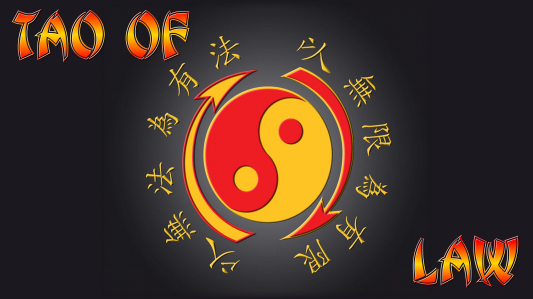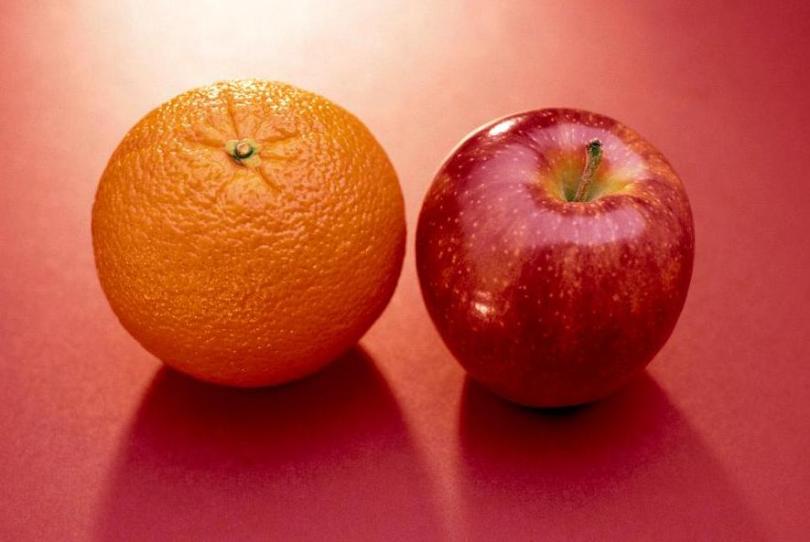What does it really mean when a law or statute says it “includes” or is “including” something when it is defining a term or phrase within the law or statute? And what does it mean when a legislature or the congress tries to make it appear the things encompassed by the list are actually unlimited when they write something into the statutes that reads similar to:
“Includes” and “including” are terms of enlargement and not of limitation or exclusive enumeration, and use of the terms does not create a presumption that components not expressed are excluded.
Most prosecutors and attorneys will try to argue that this allows the list of items in an “includes” definition to be virtually limitless in what it encompasses, but this is a completely false interpretation and representation. If such an assertion were true, then a law could be intentionally misconstrued to encompass far more than would be constitutionally or legally allowed as it would result in such a meaning to become “vague or overbroad.” This couldn’t possibly be the case though, or could it?
Well, here is what the United States Supreme Court stated the legal meaning of the terms “include” and “including” actually is:
“The ordinary significance of the terms, as defined by the dictionaries, both Webster and the Standard, is “to confine within; to hold; to contain; to shut up; embrace; and involve Include or the participial form thereof, is defined to ‘comprise within’; ‘to hold’; ‘to contain’; ‘to shut up’; and synonyms are ‘contain’; ‘enclose’; ‘comprehend’; ’embrace’,”
Montillo Salt Co. v. Utah, 221 U.S 452, at 455, 466.
These are terms of restriction not expansion. These terms do not normally mean “in addition to,” they normally mean “only” that which is listed. In order for such terms to be interpreted as ‘expansive’, the unlisted thing(s) that is/are being asserted as ‘included’ among those things actually listed must have some formal relation to those listed things by naturally being of the same ‘class’ or ‘type’.
For example, when a statute reads “The term ‘Fruit’ includes lemons, limes, and oranges,” then the similarity in the ‘class’ or ‘type’ of those items listed is what? The similarity is that they are all citrus fruits, meaning that any items used to create the appearance of an expansion of the list is strictly limited to those other things that naturally fall into the same ‘class’ or ‘type’ as that of citrus fruits. A grapefruit would be able to be included in the list as a means of making it ‘expansive,’ but an apple would not. Which means that other fruits that are not naturally citrus fruits, such as the apple, or watermelons, bananas, etc., are NOT allowed to be ‘included,’ i.e. to ‘expand,’ that list of things to which the above example statutory definition of “fruit” applies.
Therefore when you read “includes” or “including” in statutes (state statutes, I.R.C. or state/federal regs), only what is listed, or those things that are specifically of the same ‘class’ or ‘type’ in relation to those things listed, is meant to be included in the definition, according to the United States Supreme Court.


